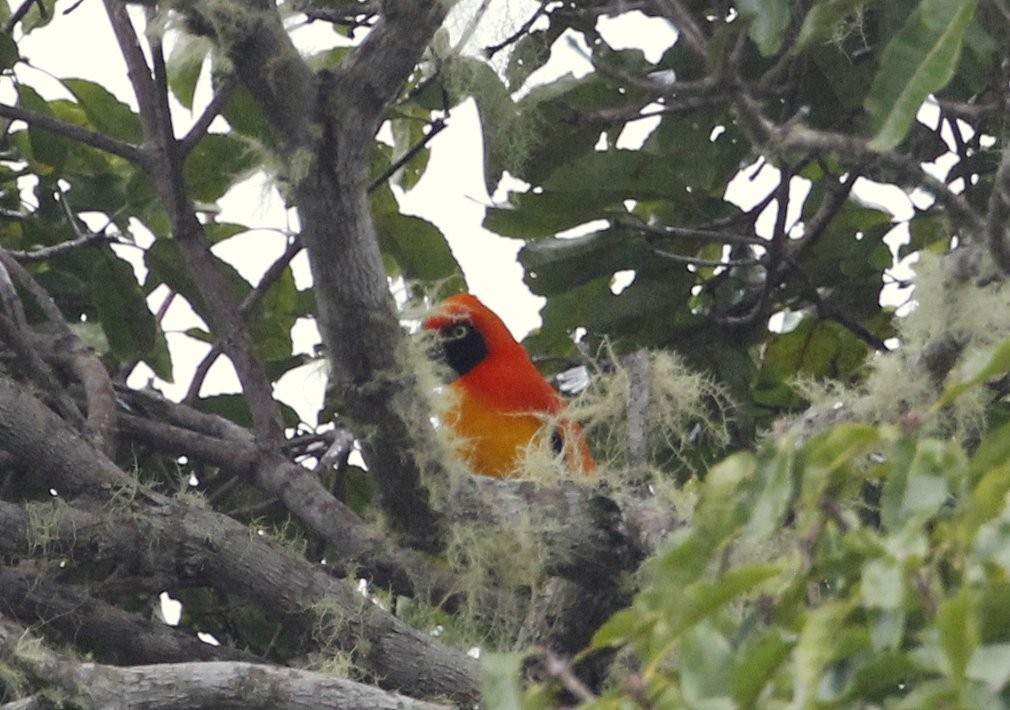Masked Bowerbird
A species of Yellow-and-black Avenue Bowerbirds Scientific name : Sericulus aureus Genus : Yellow-and-black Avenue Bowerbirds
Masked Bowerbird, A species of Yellow-and-black Avenue Bowerbirds
Botanical name: Sericulus aureus
Genus: Yellow-and-black Avenue Bowerbirds
Content
Description General Info
 Photo By carmelo_lopez , used under CC-BY-NC-4.0 /Cropped and compressed from original
Photo By carmelo_lopez , used under CC-BY-NC-4.0 /Cropped and compressed from original Description
The masked bowerbird (Sericulus aureus) is one of the most brilliantly coloured bowerbirds. The male is a medium-sized bird, up to 25 cm long, with flame orange and golden yellow plumage, elongated neck plumes and yellow-tipped black tail. It builds an "avenue-type" bower with two side walls of sticks. The female is an olive brown bird with yellow or golden below. The flame bowerbird is distributed in and endemic to rainforests of New Guinea. This species is the first bowerbird described by naturalists. Because of the male's beautifully coloured plumage, it was previously thought to be a bird-of-paradise. Indeed, the male flame bowerbird also has a courtship display along with his bower. He twists his tails and his wings to the side, and then shakes his head quickly. The masked bowerbird is evaluated as least concern on the IUCN Red List of Threatened Species. 
Size
24 cm
Nest Placement
Tree
Feeding Habits
Masked Bowerbird consumes a diet primarily comprising fruits such as figs, along with insects. Masked Bowerbird forages alone or in small groups, from 12 meters above ground to the treetops, and may forage more sociably during winter. Unique in its non-interactive feeding alongside other frugivores, masked Bowerbird exhibits flexibility in mingling within mixed-species flocks.
Habitat
The masked Bowerbird thrives in hill and middle montane forests, favoring areas that offer a wealth of tree cover. These typical habitats showcase the bird's preference for dense, forested regions that are rich in vegetation, providing both food and resources necessary for their elaborate bower-building activities. Generally, they inhabit broader regions characterized by such forest systems, avoiding the specifics of elevation ranges.
Dite type
Frugivorous
General Info
Feeding Habits
Bird food type

Fruit